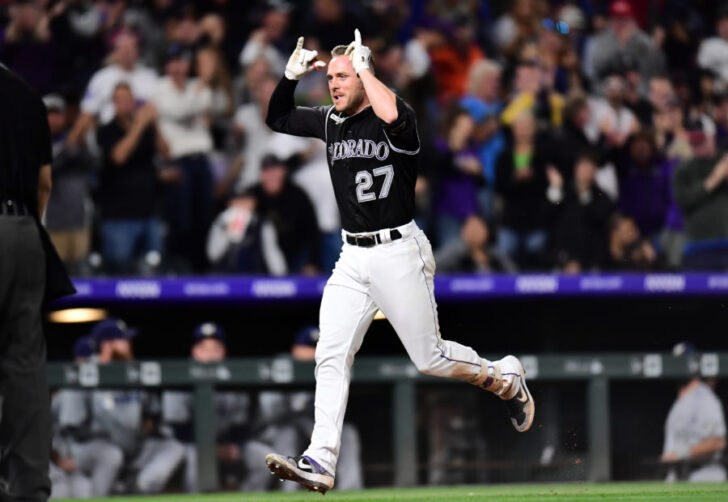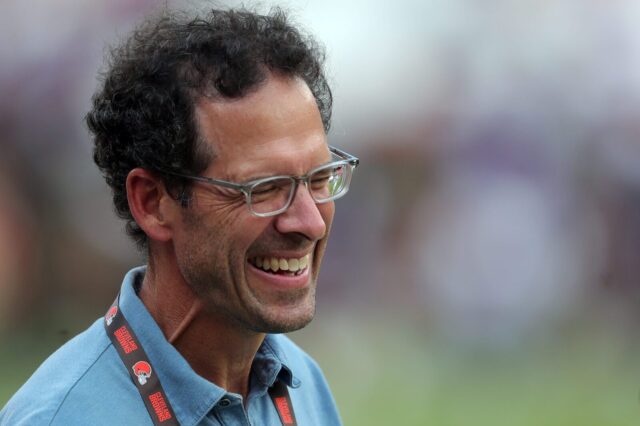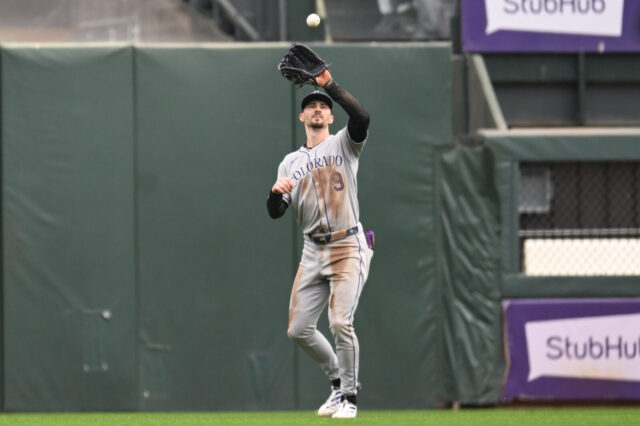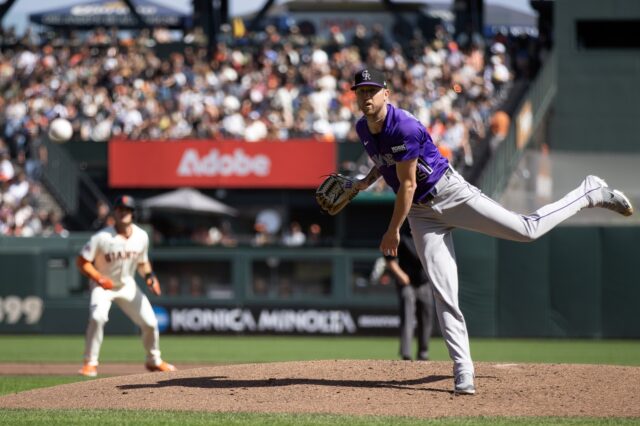Don’t let the title deceive you. The 2019 season for the Colorado Rockies featured few good things.
The club entered the season on the heels of back-to-back playoff appearances. Since then, things have gone from early struggles to prolonged struggles with only a small hot streak in between. Their final 71-91 record is the worst for the club since 2015. Only six other times – excluding a strike-shortened season – have the Rockies won fewer times.
To avoid piling on, we’ll start with the positives.
The Good
The best thing to happen to the Rockies this year was the further elevation of their infield, specifically the left side. Nolan Arenado and Trevor Story have become the league’s most dominant infield pair, with their toughness only increasing that prowess.
“What’s been impressive is the durability factor (of Arenado and Story),” Bud Black said. “These guys that play all the time, every day, that is so huge for our team.”
Arenado finished with 41 home runs, 118 runs driven in and a .315/.379/.583 slash. Similarly, Story finished with 35 homers, 85 RBIs and slashed .294/.363/.554. On top of their offensive output, the duo will also be heavily intertwined in the Gold Glove conversation.
Combined, they accounted for 12.1 wins above replacement.
Outside of the superstars, the Rockies had several bright spots with their youngsters. Raimel Tapia finally realized his potential, Peter Lambert made it to the bigs and made 19 starts and Ryan McMahon filled in nicely for DJ LeMahieu.
Tapia’s role has been one that’s grown in 2019. His production sent the outfielder from backup to starter for much of the year.
For his efforts, Tapia slashed .275/.309/.415 and ignited the crowd of Coors Field on a near-daily basis. Another down year from Ian Desmond – though there were occasional bright spots – has opened the door for Tapia to enter next year as the frontrunner for an outfield spot next to David Dahl and Charlie Blackmon.
The core of the Rockies is solid. Arenado, Story and company are ready to carry the offense for at least the next two years. Jon Gray and Germán Márquez are a quality 1-2 punch in need of some reinforcements around them. Not to mention, Scott Oberg has transformed into one of the leading bullpen arms in the league after registering a 2.25 earned run average.
Not all is lost, as shown by the team’s sweep over the Brewers to end the year, but the bad and ugly of the year far outweigh the good.
The Bad
Differentiating bad and ugly is hard. The latter has more to do with embarrassment in an area where positive results were likely expected. For our sake, bad is merely focused on what went wrong, but was likely expected.
No struggles were more projected than those of Desmond – the club’s top-paid role player.
On the year, the versatile outfielder accrued minus-1.7 wins above replacement. His defensive numbers were below league average across the board.
When the Rockies announced in spring training that Desmond would move to centerfield, it was a given that he’d struggle to begin the year. Unfortunately, those struggles made their way throughout the entire campaign, forcing the club to largely eradicate his playing time for stretches.
In his three years with the Rockies, Desmond has hit .252 in 1,337 at-bats and failed to register a single season worthy of his lucrative deal.
The same goes for Mike Dunn. The reliever was designated for assignment after 28 lackluster appearances. Free from the shoulder injury that limited his last year, the hurler was unable to find his form and registered a 7.13 ERA before the club finally bid him adieu.
Seunghwan Oh falls into the same downtrodden category as he was sent packing early as well. A 9.33 ERA in 21 appearances and a looming arm surgery left the club little choice. The reliever will likely return to Korea to finish his career but was a major disappointment in his final year in the majors.
Several things were bad for the club in 2019. High-paid players being forced to leave the club or ride the bench were among the worst.
The Ugly
What’s uglier than a -123 run differential? For the Rockies, only three other seasons in their history.
The main reason for the albatross numbers is the Rockies’ pitching staff. Their 5.56 earned run average on the year equates to a sizable difference from last year (4.33).
Both the rotation and the bullpen had problems. The former contributed a 5.87 ERA to the team’s total, while the latter hurled to a 5.14 mark. Several stretches for each showed a better season was possible, though neither put it together as both finished in the bottom two of the NL.
The ugliest of the rotation’s woes was Kyle Freeland. A 2.85 ERA and fourth-place NL Cy Young finish turned to a 6.73 tally and a demotion to Triple-A Albuquerque. He allowed a career-high 25 home runs in only 22 starts.
In the bullpen, the crisis involved Wade Davis. The days of leading a bullpen to a World Series run – the way he did for the Royals in 2015 – are over for the closer.
This year, the wheels fell off. In multiple years leading up to 2019, Davis’ peak was fading. His fielding-independent pitching – a true measure of a pitcher’s skills – had been on the rise each year since 2016. The number ballooned to 5.56 this year after a 3.65 mark and 41 saves last year. His ERA skyrocketed to an unsightly 8.65.
If Davis finishes 30 games next year, his contract will run through the 2021 season, putting the Rockies on the hook for $17 million and $15 million each of the next two years.
Neither of the other three relievers signed in Jeff Bridich’s run has panned out either. The ugliness of 2019 is due in large part to those downfalls.



